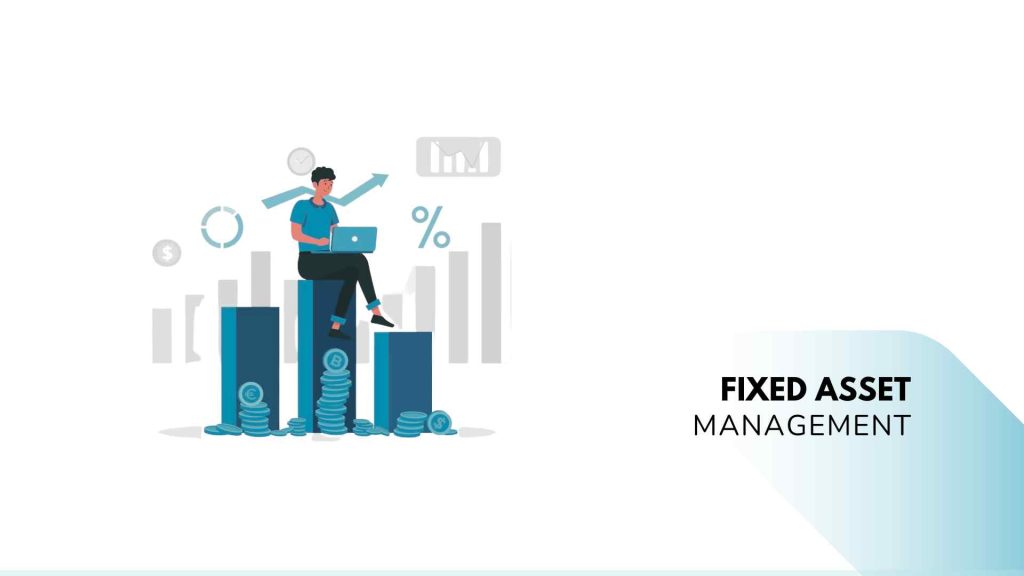Fixed Asset Management is a cornerstone of financial success for businesses and organizations across the globe. It refers to the systematic approach of acquiring, tracking, maintaining, and eventually disposing of tangible assets such as equipment, machinery, buildings, etc. We’ll explore the significance of fixed asset management and how it can benefit businesses in various industries.
Advantages of Fixed Asset Management
Optimizing Resource Allocation
Effective fixed asset management enables companies to allocate resources more efficiently. Businesses can make informed decisions regarding repairs, upgrades, or replacements by keeping a detailed record of assets, their condition, and their depreciation. It not only extends the lifespan of support but also minimizes unnecessary expenses.
Accurate Financial Reporting
Maintaining a precise fixed asset register is crucial for accurate financial reporting. Compliance with accounting standards and tax regulations relies heavily on providing a comprehensive and up-to-date overview of a company’s assets. Businesses can avoid penalties, reduce audit risks, and build stakeholder trust by doing so.
Maximizing Asset Value
The ability to extract the maximum value from fixed assets is a key objective of wealth management. By prolonging the lifespan of assets through proper maintenance and strategic decision-making, companies can minimize the need for frequent replacements. It leads to significant cost savings over time.
Enhancing Operational Efficiency
Fixed assets management solutions provide businesses with the tools to streamline asset tracking and maintenance. Automation and real-time tracking systems help eliminate manual errors, reduce downtime, and improve operational efficiency. It, in turn, leads to higher productivity and customer satisfaction.
Reducing Risk and Ensuring Compliance
Effective fixed asset management helps reduce the risk of misplaced, stolen, or obsolete assets. Moreover, it ensures compliance with regulations and standards, preventing legal issues and financial setbacks.
Integration and Scalability
Modern fixed asset management systems, often available as software solutions, can seamlessly integrate with other financial and accounting systems. It provides businesses with a comprehensive view of their financial health and allows for scalability as the organization grows.
Fixed asset management is essential for businesses of all sizes and across industries. It empowers organizations to make data-driven decisions, reduce operational costs, and ensure compliance with accounting standards and regulations. By streamlining asset management, companies can enhance their financial stability and focus on strategic growth and long-term success.
Important Features of Acumatica Fixed Assets Management
- Multiple Depreciation Books
- Multiple Asset Types
- Multiple Averaging Options
- Fixed Asset Tools
- Fixed Asset Classes
- Fixed Asset Reporting
- US Tax Bonuses
- Fixed Assets Under Construction
- Synchronized Fixed Assets and GL Periods
How can Acumatica Fixed Assets Management work for you?
This comprehensive tool provides complete visibility of fixed assets, depreciation calculations, and tax scenarios. Add fixed assets from AP purchases or import from a file individually. Select from a large inventory of pre-defined depreciation schedules or create custom schedules for accurate accounting and reporting. Track tax and reporting scenarios independent of general ledger postings.
Acumatica Fixed Assets Management Software offers a comprehensive solution that can significantly enhance assets management for businesses of all sizes. This software ultimately empowers enterprises to improve efficiency, accuracy, and transparency in their assets management, helping them to better navigate the complex world of fixed assets and achieve their financial goals.

Vijay comes with a vast experience in ERP and enterprise solutions space with about 20 years of experience in various packaged application like Acumatica, SAP, Orion, Salesforce.com, SugarCRM and, SalesLogix.

